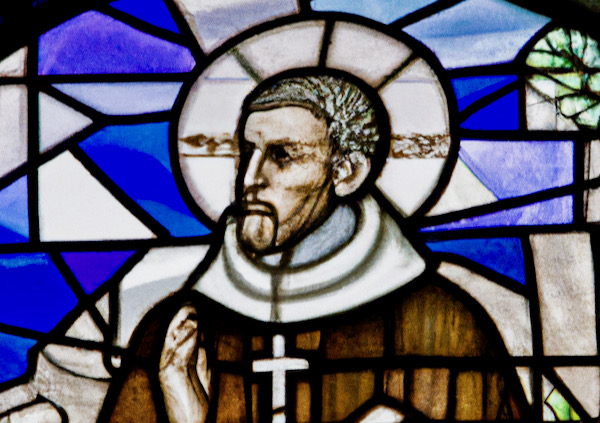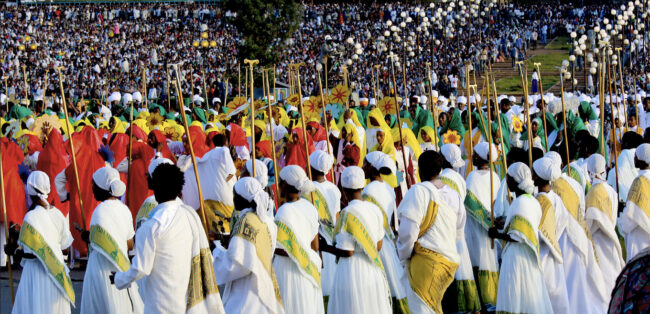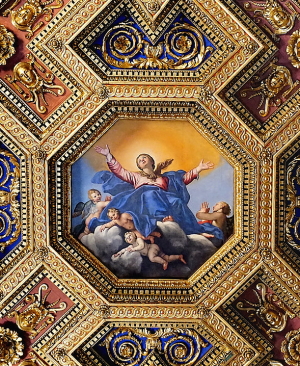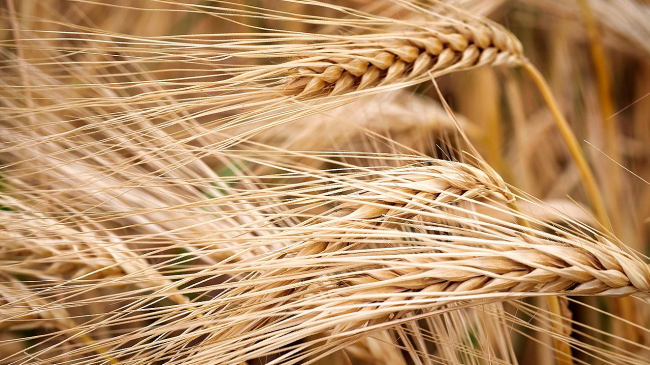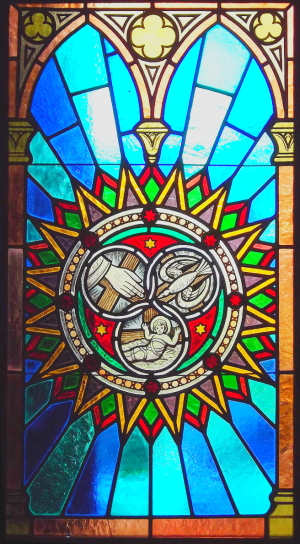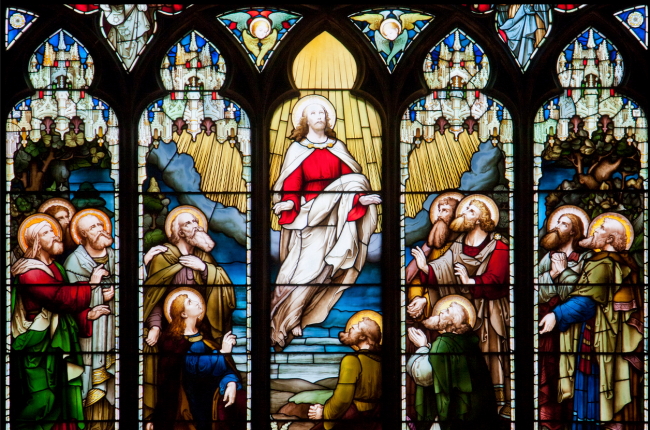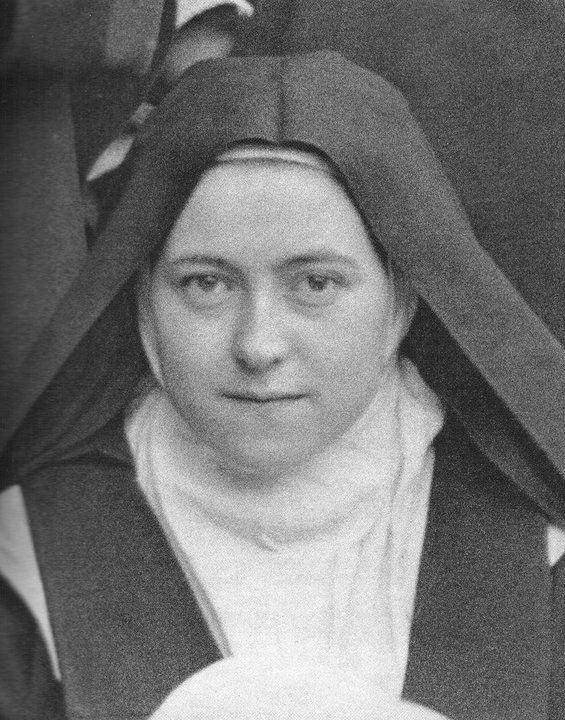
Photo of St. Thérèse of Lisieux in public domain, courtesy of Wikimedia Commons.
SUNDAY, OCTOBER 15, 2023—On this Catholic “feast day” of St. Teresa of Avila—the 16th-century namesake of the 19th-century St. Thérèse of Lisieux—Pope Francis has published one of his most inspiring apostolic letters. This tribute to the wisdom of St. Thérèse comes two weeks after her own October 1 feast day and more than ten months after the 150th anniversary of her birth—an anniversary that Francis names in the title of his new letter.
This new letter ranks as one of Francis’s most timely and most inspiring messages to the world, so we are recommending that our readers check it out.
The Catholic News Service (as published in America magazine) began its story this way:
St. Thérèse of Lisieux, long one of Pope Francis’ favorite saints, teaches Christians “the little way” of love, self-giving, concern for others and complete trust in the mercy of God, the pope said in a new document. “At a time when human beings are obsessed with grandeur and new forms of power, she points out to us the little way,” he wrote. “In an age that casts aside so many of our brothers and sisters, she teaches us the beauty of concern and responsibility for one another.”
But we all can read the entire letter Francis wrote, translated into many global languages, at the Vatican website.
In that text, Francis also explains why he chose this particular date:
St. Thérèse is one of the best known and most beloved saints in our world. Like Saint Francis of Assisi, she is loved by non-Christians and nonbelievers as well. In addition, she has been recognized by UNESCO as one of the most significant figures for contemporary humanity. We would do well to delve more deeply into her message as we commemorate the 150th anniversary of her birth in Alençon (2 January 1873) and the centenary of her beatification in 1923. Yet I have not chosen to issue this Exhortation on either of those dates, or on her liturgical Memorial (her October 1 feast day), so that this message may transcend those celebrations and be taken up as part of the spiritual treasury of the Church. Its publication on the liturgical Memorial of Saint Teresa of Avila is a way of presenting St. Thérèse of the Child Jesus and the Holy Face as the mature fruit of the reform of the Carmel and of the spirituality of the great Spanish saint.
Our recommendation to our magazine readers, this week, is:
Enjoy this fresh wisdom from Francis because it might bring fresh light into your life as well.
